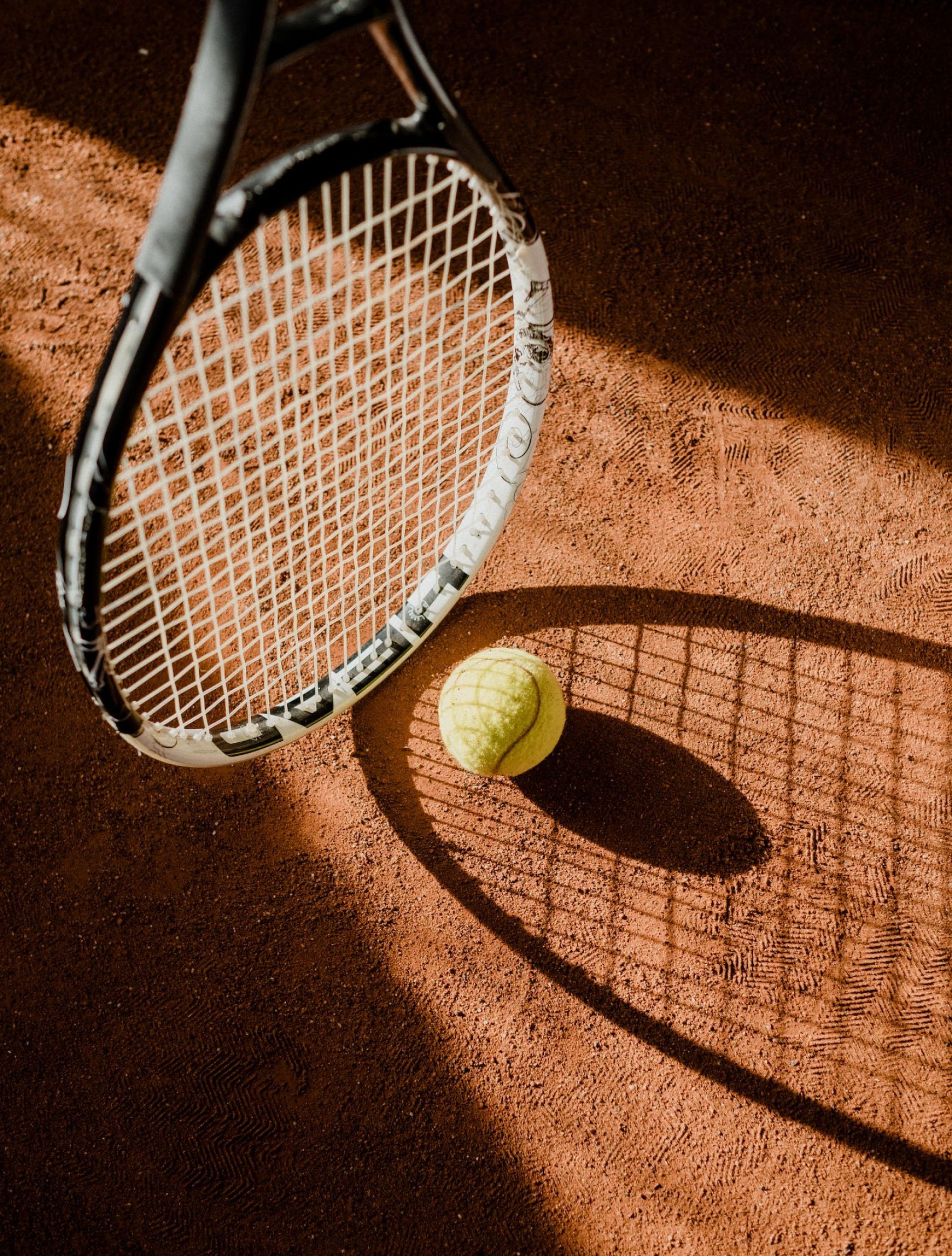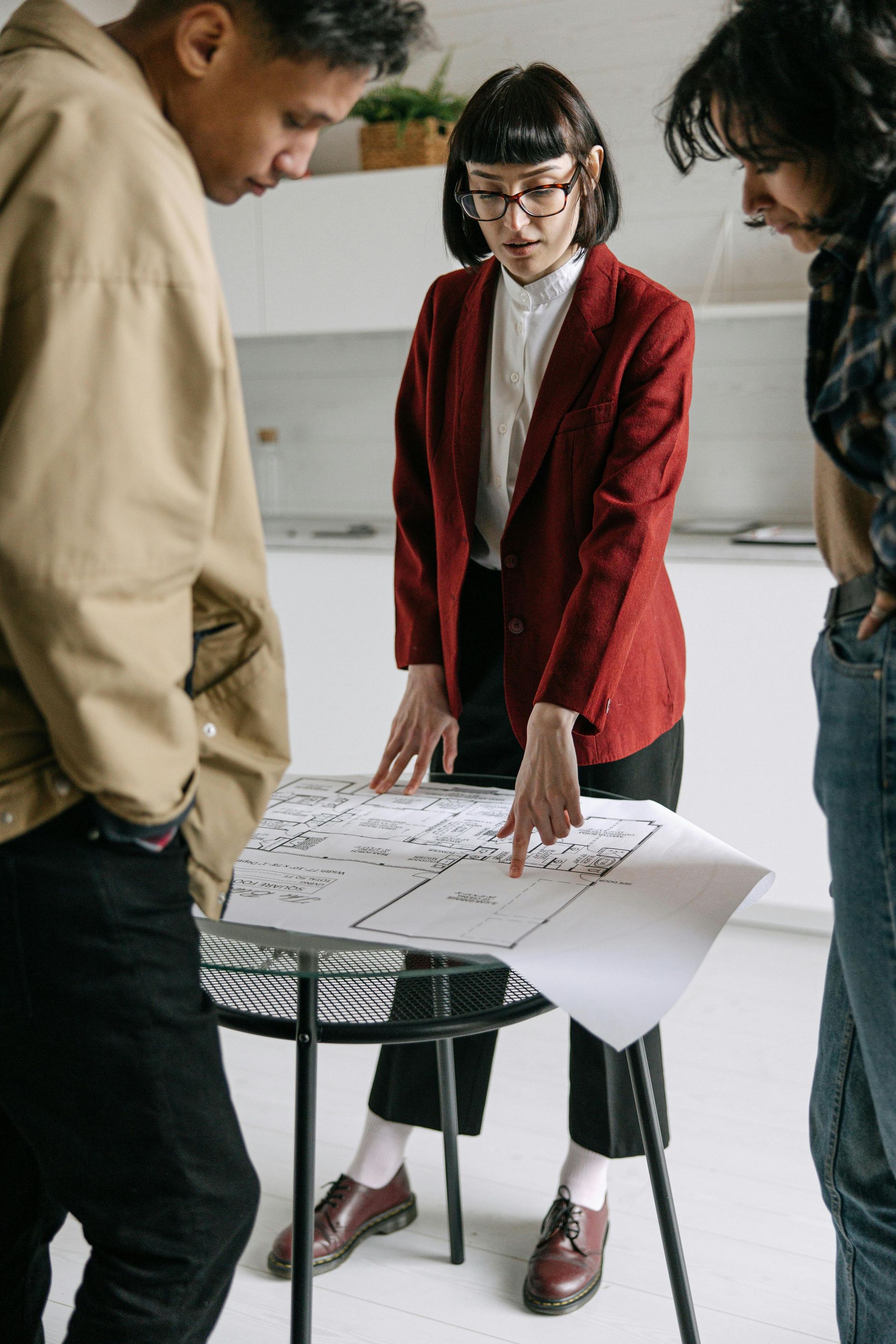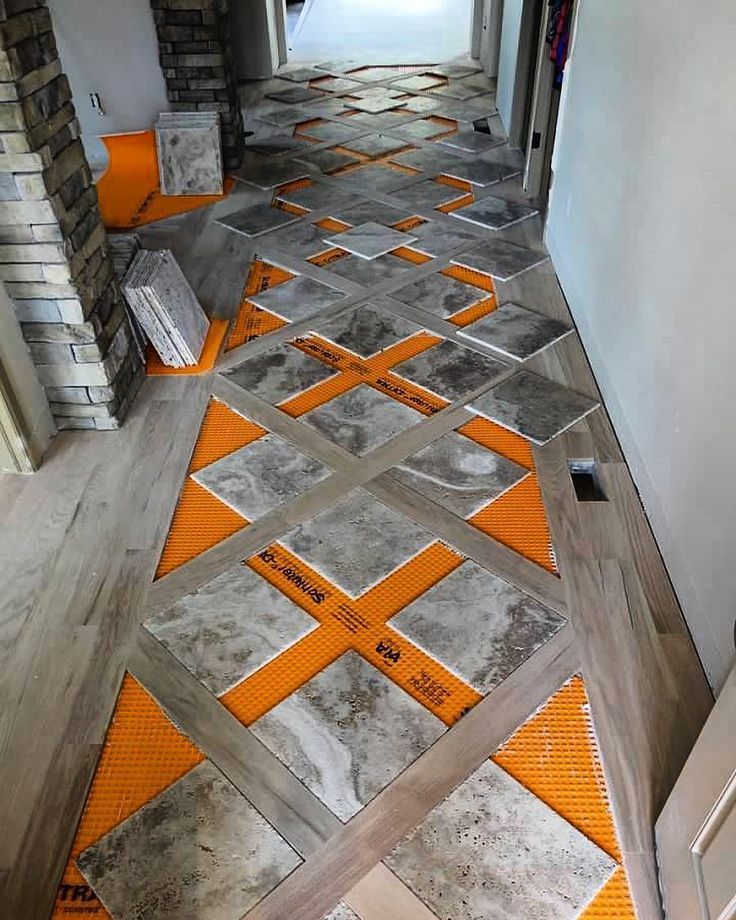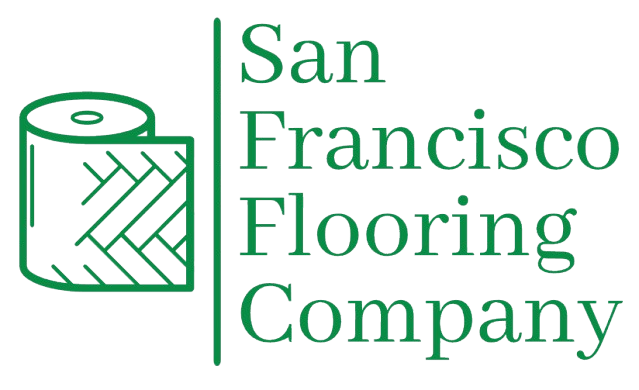Floor Leveling and Patching
Is your floor uneven, creaking, or showing signs of damage? At San Francisco Flooring Company, we specialize in professional floor leveling and patching services to restore your floors to their optimal condition. Our expert team works with all types of flooring materials, including hardwood, laminate, vinyl, and tile, fixing issues from minor imperfections to major structural problems.
Uneven floors aren't just an eyesore—they can cause furniture to wobble, create tripping hazards, and even lead to more serious structural issues if left untreated. We serve the entire Bay Area with our comprehensive floor leveling solutions, using high-quality self-leveling compounds and professional techniques to ensure your floors are perfectly flat and ready for new flooring installation.
Whether you need minor patching for small dents and scratches or complete floor leveling for a 1,000 square foot space, we provide tailored solutions that fit your specific needs and budget. Our experienced installers take pride in their craftsmanship, leaving you with floors that are not only functional but also beautiful and long-lasting.
The Leveling Process
Our team at San Francisco Flooring Company follows a systematic approach that ensures quality results and long-lasting floors.

1. Surface Preparation
Before any leveling work begins, we thoroughly assess your floor's condition. We remove all furniture and existing floor coverings to expose the subfloor. This gives us a clear view of any dips, cracks, or uneven areas that need attention.
Next, we clean the surface to remove dust, debris, and any adhesive residue from previous flooring. This step is crucial as contaminants can prevent proper bonding of the leveling compound.
We repair any cracks or damaged areas in the subfloor using appropriate fillers and patches. For concrete subfloors, we may need to grind down high spots or fill significant depressions.
Finally, we apply a primer to improve adhesion and prevent the leveling compound from drying too quickly. The right primer depends on your subfloor material.
2. Application of Leveling Material
We select the appropriate self-leveling compound based on your specific floor type and conditions. For minor corrections, a thinner application works well, while more significant issues require thicker applications.
Our technicians mix the leveling compound to the perfect consistency—not too thick or thin. Using specialized tools, we pour the mixture onto the prepared subfloor, starting from the farthest corner and working toward the exit.
The compound naturally seeks its level, but we use gauge rakes and smoothing tools to guide it into place. For larger spaces, we work in sections to ensure consistent coverage before the material begins to set.
Air bubbles can compromise the floor's integrity, so we use spike rollers to release any trapped air while the compound is still wet. This creates a smoother, more stable surface.
3. Drying and Curing Times
Drying times vary based on the type and thickness of the leveling compound applied. Typically, thin applications might be walkable within 2-4 hours, while thicker applications may require 24 hours or more.
Full curing generally takes between 24-72 hours, depending on environmental conditions like temperature and humidity. We carefully monitor these factors to ensure optimal curing.
During this period, we recommend limiting foot traffic on the newly leveled surface. Premature weight or stress can cause imperfections or weak spots in the final result.
Before installing your new flooring, we conduct moisture tests to verify the compound has properly cured. This prevents potential issues with your new floor installation and extends the life of your flooring investment.
4. Final Inspection and Touch-Ups
Once the leveling compound has cured completely, our team conducts a thorough final inspection. We use specialized tools to check that the floor meets industry standards for flatness and levelness. This typically involves using a long straightedge and digital level to measure any remaining variations.
If we find any areas that need adjustment, we address them immediately. Touch-ups might include spot treatments of low areas or careful sanding of high spots to ensure perfect transitions.
We clean the work area thoroughly before considering the job complete. All tools, materials, and debris are removed, leaving your space ready for the next step in your flooring project.
5. Routine Maintenance
Regular cleaning is essential for maintaining your newly leveled floors. We recommend sweeping or vacuuming daily to remove dirt and debris that could scratch the surface. Use a microfiber mop with a mild cleaner appropriate for your specific flooring type.
For hardwood floors, avoid excess water which can cause warping even after proper leveling. Instead, use a lightly damp mop and dry immediately with a clean towel.
Place protective pads under furniture legs to prevent dents and scratches. These small accessories make a significant difference in preserving your floor's level surface.
Consider using area rugs in high-traffic zones to minimize wear. Just be sure to use non-slip pads underneath to prevent movement and potential tripping hazards.
Types of Floors We Service
Our experienced team has the skills and equipment needed to restore any floor to perfect condition.
Concrete Floors
Concrete floors often develop cracks, pits, or uneven areas over time due to settling, moisture problems, or heavy use. We use professional-grade self-leveling compounds to create a perfectly flat surface before any new flooring is installed. Our concrete leveling process includes:
- Thorough cleaning to remove dust and debris
- Crack repair using specialized epoxy fillers
- Surface preparation with grinding or shot blasting when needed
- Application of self-leveling compound to create a smooth, even surface
For commercial spaces, we offer high-strength leveling solutions that can withstand heavy traffic and machinery. Residential concrete floors receive careful attention to detail, ensuring your new flooring will have a perfectly flat base.
Wooden Floors
Wooden subfloors present unique challenges that our team is well-equipped to handle. Sagging joists, warped boards, and moisture damage can all create uneven surfaces that affect your floor's appearance and durability. Our wooden floor leveling services include:
- Subfloor inspection to identify structural issues
- Joist repair or reinforcement when necessary
- Installation of plywood underlayment to create a stable base
- Application of floor patch compounds for minor imperfections
We're particularly skilled at matching vintage wooden floors in San Francisco's historic homes. Our team can blend new sections seamlessly with your existing wood floors, preserving the character of your space.
Tile and Stone Floors
Tile and stone require exceptionally flat surfaces to prevent cracking and lippage (uneven edges between tiles). Our precision leveling services ensure your new tile installation will look beautiful and last for years. For tile and stone preparation, we:
- Remove old tile and adhesive completely
- Apply specialized underlayments designed for tile applications
- Create proper slopes for bathrooms and other wet areas
- Prepare surfaces for large-format tiles that require extremely flat bases
We also repair grout lines and fix loose tiles in existing installations. Our team works with all types of tile including ceramic, porcelain, natural stone, and large-format tiles that require special preparation techniques.
Care and Maintenance Tips Post-Service
After completing our floor leveling and patching service, proper maintenance ensures your newly restored floors remain in excellent condition. San Francisco's unique microclimate requires specific care approaches to protect your investment.
Daily Maintenance Routines
Sweep or vacuum your floors regularly to remove dirt and debris that can scratch your newly leveled surface. We recommend using a soft-bristled broom or a vacuum with a hard floor setting.
Wipe up spills immediately to prevent damage, especially on wood floors. Even with our professional leveling work, moisture remains the number one enemy of flooring.
Use protective pads under furniture legs to prevent scratches and dents on your freshly leveled floor. When moving heavy items, lift rather than drag them across the floor.
Place mats at entryways to trap dirt and moisture before they reach your floors. This simple step significantly extends the life of your newly repaired surfaces.

Long-term Care Strategies
Schedule professional cleaning annually to maintain your floor's appearance and integrity. We offer maintenance services specifically designed for floors we've leveled and patched.
Avoid harsh cleaning products that can damage your floor's finish. Instead, use cleaners we've recommended during your service that are appropriate for your specific flooring type.
Monitor humidity levels in your home, especially important in San Francisco's variable climate. Extreme humidity changes can cause floors to expand or contract, potentially undermining our leveling work.
Reapply protective finishes as needed based on wear patterns. For most residential floors, we suggest evaluating the finish condition every 2-3 years.
Consider periodic professional inspections to catch small issues before they become major problems. Our team can identify early signs of settling or wear that might require touch-ups.

FAQs About Floor Leveling and Patching
Custom inlay and floor design services require specialized expertise, premium materials, and meticulous craftsmanship to create distinctive patterns that enhance any space.
How much does custom floor inlay cost in San Francisco?
Custom floor inlays in San Francisco typically range from $35-95 per square foot, depending on complexity, materials used, and design intricacy. Simple geometric patterns fall on the lower end, while elaborate medallions with exotic woods can reach the higher end of the spectrum. Most residential projects average $3,000-7,000 per inlay.
Are custom floor designs more expensive than standard flooring options?
Yes, custom floor designs are more expensive than standard flooring options due to the specialized craftsmanship, premium materials, and additional labor required. While standard hardwood flooring in San Francisco costs $12-20 per square foot installed, custom inlays represent an upgrade that adds unique character and value to your home.
Can you create custom medallions for entryway floors?
Absolutely. Entryway medallions are our specialty and create a stunning first impression for guests. San Francisco Flooring Company can design and install medallions in various sizes (typically 24"-60" in diameter), incorporating multiple wood species, stone insets, or metallic accents to complement your home's architecture and your personal style.
Can you incorporate family crests or logos into floor designs?
Yes, San Francisco Flooring Company specializes in translating family crests, logos, and personalized designs into exquisite floor inlays. Our artisans use precision cutting techniques and contrasting wood species to create detailed representations. We can work from existing images or collaborate with you to develop a custom design that preserves important details while optimizing for floor installation.
How long does custom inlay floor installation take?
Custom inlay installation typically takes 4-8 days depending on complexity. This includes:
